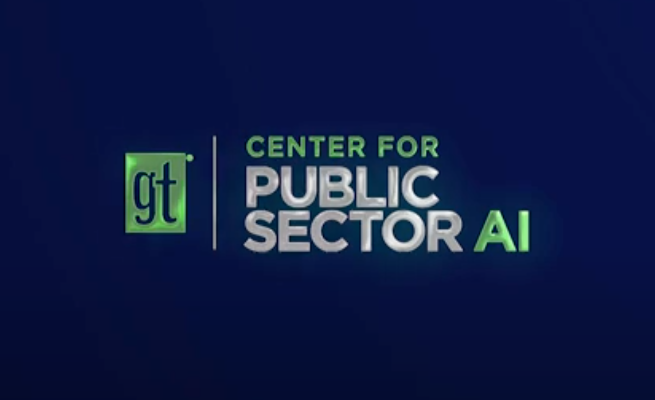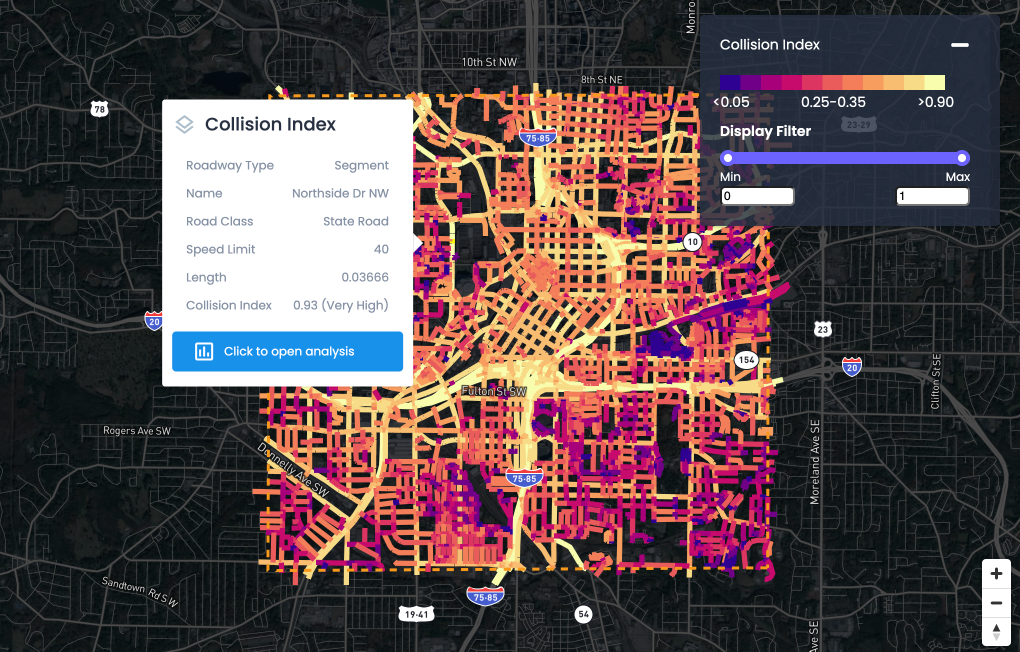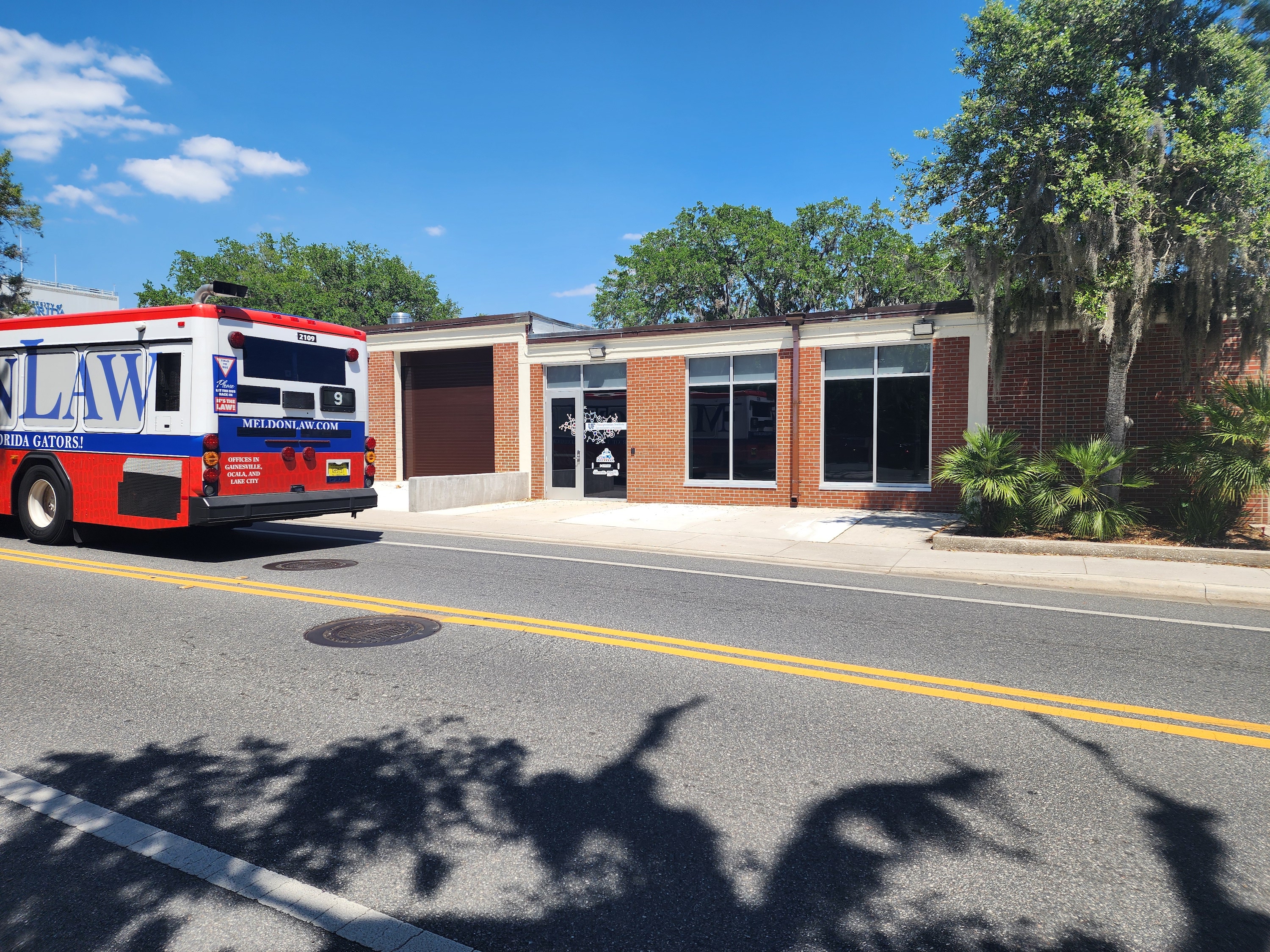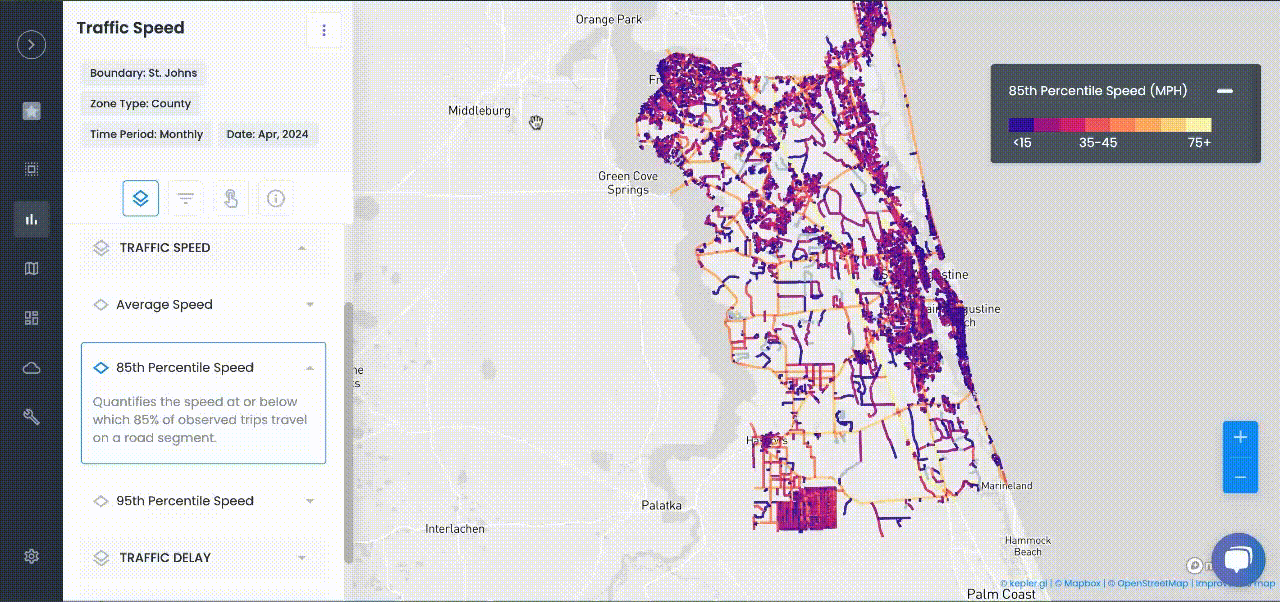
Articles
Advancing Public Safety With Data and Analytics
Data will save lives and play a critical role in helping advance road safety, as public officials seek a safer mobility environment for all.
Data will save lives and play a critical role in helping advance road safety, as public officials seek a safer mobility environment for all.
Governments, at all levels, are looking for ways to reduce transportation related fatalities and serious injuries throughout transportation systems, with improved road safety being a top priority across the nation.
And, at a time when transportation infrastructure is poised to undergo significant transformation, data will play a central role in helping tackle road safety threats and improve traffic safety and management.
There is much work to be done to improve road safety. The National Safety Council (NSC) recently released data revealing that as many as 42,060 people are estimated to have died in motor vehicle crashes in 2020.
The NSC noted that the “preliminary estimated rate of death on the roads last year spiked 24% over the previous 12-month period, despite miles driven dropping 13%. The increase in the rate of death is the highest estimated year-over-year jump that NSC has calculated since 1924 – 96 years.”
In addition to the fatalities, an estimated 4.8 million more people were seriously injured in crashes in 2020. That resulted in an estimated cost to society of $474 billion.
As they become more ubiquitous, data platforms and analytics tools will continue to advance public safety, significantly reducing traffic fatalities and injuries. With data, transportation professionals can take an evidence-based approach to allocating safety resources — developing and implementing more effective performance-based safety plans.
Some of the ways big data makes a tangible impact on road safety include:
Predicting and preventing crashes
Connected vehicle data, location data, and other data resources provide visibility into when, where, and why car accidents happen.
For example, powerful geospatial data tools can track, analyze, and predict crashes, incidents, and response times.
Advanced data can also identify crash rates and patterns by region, roadway, road segment, time, and dates. This enables teams to develop models that predict future crashes and identify strategies for preventing them in the future.
Predictive analysis and risk projections can create crash maps that identify hotspots and high-risk areas. Officials can use these maps to help advise the public to avoid areas and take precautionary measures.
Optimizing response times and resources
Next-generation transportation management platforms also improve roadway safety by reducing crash identification and response times.
With the power of predictive analytics, municipalities can deploy law enforcement officials at, or near, forecasted hotspots to improve traffic safety and management.
Additionally, real-time traffic flow and congestion data can identify obstacles and delays. This helps emergency services avoid gridlock and arrive more quickly at the scene of an incident.
Identifying high priority road safety needs
According to the American Society of American Civil Engineers (ASCE) 2021 Report Card for America’s Infrastructure, roadway design features are likely a contributing factor in approximately one-third of traffic fatalities. The report notes that “investments to widen the lane, shoulder, and clearance widths, as well as introducing more center lane rumble strips, lane markings, and sidewalks are infrastructure improvements that could reduce traffic fatalities.”
Using data, transportation planners and engineers can determine high priority road improvements that will decrease accidents and create safer road networks.
Data relating to traffic volume, road user speed, and corridor analysis produces actionable insights to help transportation planners and engineers develop road safety strategies and interventions, while also measuring progress against road safety objectives.
As governments at all levels strive to improve road safety and save lives, supporting initiatives such as the Road to Zero, Toward Zero Deaths, and Vision Zero, data will play a critical role in helping advance these goals, thus creating a safer mobility environment for all.
Learn more about how safety and transportation officials use Urban SDK to make their streets safer.

NEWS
Recent Announcements
See how public sector leaders succeed with Urban SDK.

Company News
Urban SDK Joins Government Technology’s AI Council to Help Shape the Future of AI in the Public Sector
We’re proud to announce that Urban SDK has officially joined the AI Council, part of Government Technology’s Center for Public Sector AI

Company News
Collision Index: Proactive Traffic Safety Powered by AI
Communities now have another layer of road safety thanks to Urban SDK’s Collision Index

Customer Stories
University of Florida Transportation Institute Partners with Urban SDK to Expand I-STREET Program
Urban SDK and the University of Florida have partnered to expand the university's I-STREET Program
WEBINAR
Identify speeding and proactively enforce issues
See just how quick and easy it is to identify speeding, address complaints, and deploy officers.
